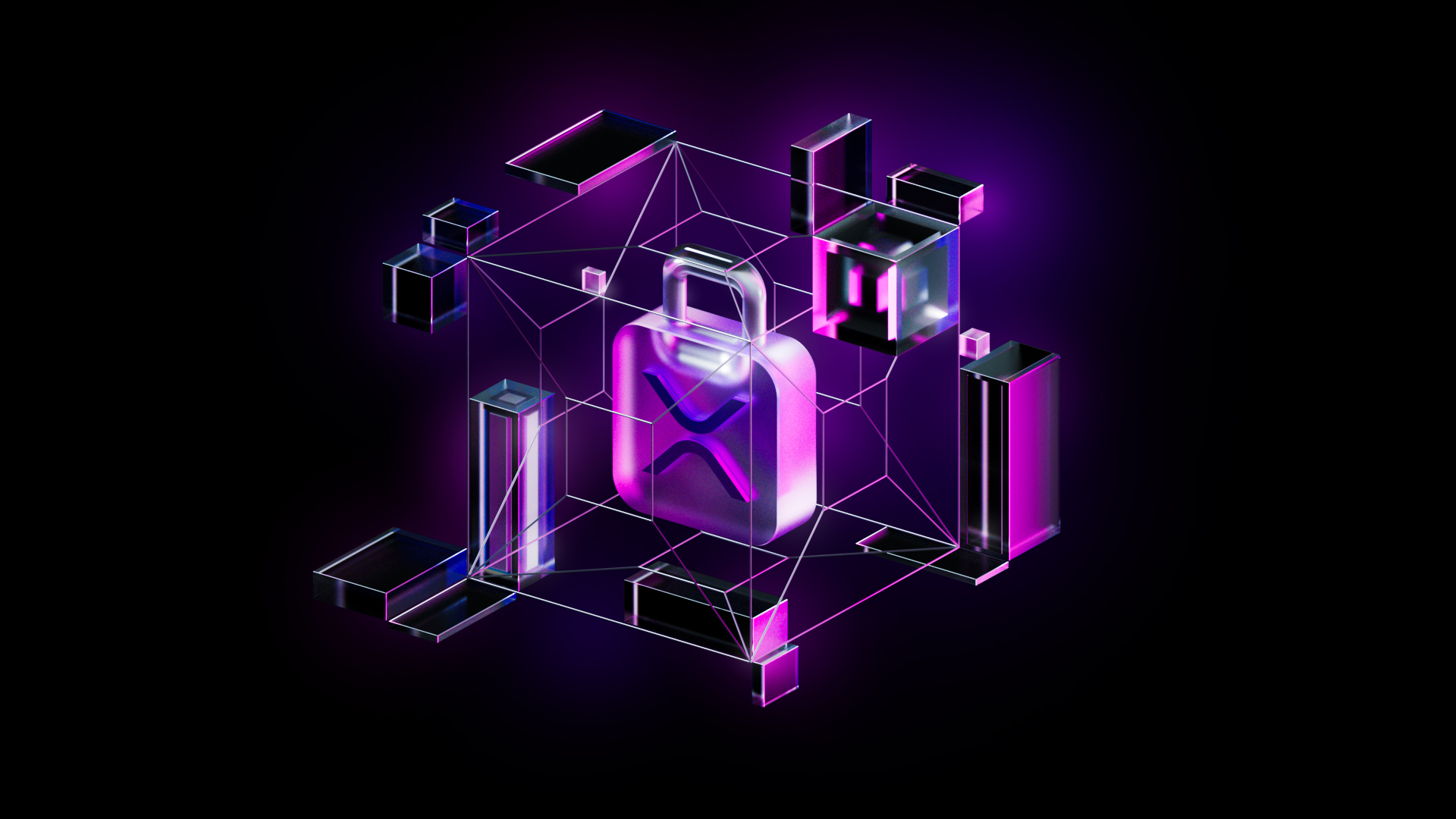What Are Parallel Networks on the XRPL?
Blockchain technology has evolved significantly since the publication of Satoshi Nakamoto’s seminal whitepaper in 2008. The whitepaper introduced decentralised finance (DeFi) and established the foundation for innovative payment systems. Today, Bitcoin is 14 years old, and the cryptocurrency industry has overcome many initial challenges, including convincing the public of its value and potential uses. It is now widely recognised that blockchain technology has the potential to revolutionise industries such as supply chain management and logistics, as well as traditional banking, through the use of smart contracts and decentralised applications (dApps).
How Did We Arrive at Multiple Networks?
Blockchain technology has the potential to revolutionise various industries, including finance, supply chain management, and healthcare, but it has yet to achieve widespread adoption. Several barriers have hindered the adoption of blockchains and smart contracts, including implementation and adoption challenges. The XRPL is attempting to overcome these challenges in order to facilitate the mainstream adoption of these technologies.
The blockchain trilemma refers to the challenge of balancing security, scalability, and decentralisation in a blockchain. These three properties are considered essential for a blockchain, but it is believed that a blockchain can only achieve two of them simultaneously. This is because achieving one property often requires compromising one or both of the other properties. For example, increasing the security of a blockchain may require sacrificing some level of scalability or decentralisation. The XRPL and other blockchain platforms are working to find ways to address the blockchain trilemma and achieve a balance between these three properties.
Blockchain Layers
Blockchains are decentralised networks that use cryptography to securely and validly process transactions. They are composed of three main layers:
- Layer 0: This refers to the underlying infrastructure of the blockchain, including protocols, miners, and hardware that enable its operation.
- Layer 1: This layer consists of solutions that build on top of the base protocol (layer 0) to address scalability issues. Examples of layer 1 blockchains include Ethereum, Binance, and the XRP Ledger.
- Layer 2: These solutions are built on top of layer 1 and aim to enhance efficiency and scalability through the use of third-party technologies, networks, or protocols.
Together, these three layers of a blockchain address problems related to increased demand on the network and ensure its smooth operation. By utilising a parallel network approach, prominent blockchains like the XRPL can handle increased demand while maintaining their decentralised nature and enabling innovation and growth.
The XRPL Mainnet & Parallel Networks
Parallel chains serve a similar purpose to multiple layers of blockchain technology. They allow ecosystems like the XRPL to develop, test, and deploy new or improved code without disrupting the stability of the main network. The XRP Ledger is a decentralized digital currency that is maintained by a network of independent validating servers. It consists of a distributed database that is maintained and updated by these servers, and each server maintains a copy of the ledger. All business transactions on the XRP Ledger take place on the Mainnet, the peer-to-peer network known as the production XRP Ledger.
There are two alternative networks, or Altnets, called the Testnet and the Devnet, which allow XRPL community members to interact with the technology without affecting the Mainnet. These Altnets provide a testing ground for software (Testnet) and a space for beta releases and proposed changes to the core XRPL software that are not yet stable enough for the Mainnet (Devnet). Let’s look at how these three networks differ below:
- Mainnet: The Mainnet is the production XRP Ledger, also known as the XRPL, where all business transactions occur. It is powered by a peer-to-peer network of services. XRP, the native cryptocurrency of the XRPL, is stored on the Mainnet.
- Testnet: The Testnet can be seen as an alternative universe where software built on the XRPL can be tested without affecting the stability of the Mainnet. This allows developers to test their software without incurring financial risk.
- The Devnet is home to beta releases and proposed changes to the core XRPL software that are not yet stable enough for the Mainnet. It allows developers to interact with and learn about new and planned XRPL features or amendments that are not yet enabled on the Mainnet. The Devnet allows developers to preview coming attractions and test proposed changes before they are deployed on the Mainnet.
In addition to the Mainnet, Testnet, and Devnet, the XRPL also hosts the Hooks Testnet. This sub-network allows community members to preview on-chain smart contract functionality that will (hopefully) sombeday be available for deployment on the Mainnet.
Experimenting on XRPL’s Parallel Networks
As previously mentioned, the XRPL utilizes a series of parallel networks, including the Testnet and Devnet, to support the development and testing of new proposals and innovations within the ecosystem. These networks provide a pool of free test XRP to developers and community members, which can be used to test applications and integrations. It is important to note that these test funds do not hold any real-world financial value and are reset upon network reset.
The Testnet and Devnet are governed by a consensus mechanism established through the use of a trusted list of validators known as the UNL. If different groups of rippled instances only trust members within their own group, they form a parallel network that can contain and override any malicious activity through the consensus process in accordance with the network’s quorum settings. This allows the XRPL to reset the Testnet and Devnet on a regular basis to protect the interests of the community while still providing a suitable testing ground for new software.
By implementing parallel networks, the XRPL is able to maintain its decentralized, public, and community-led nature while also ensuring the speed, efficiency, and reliability of transactions on the Mainnet.




